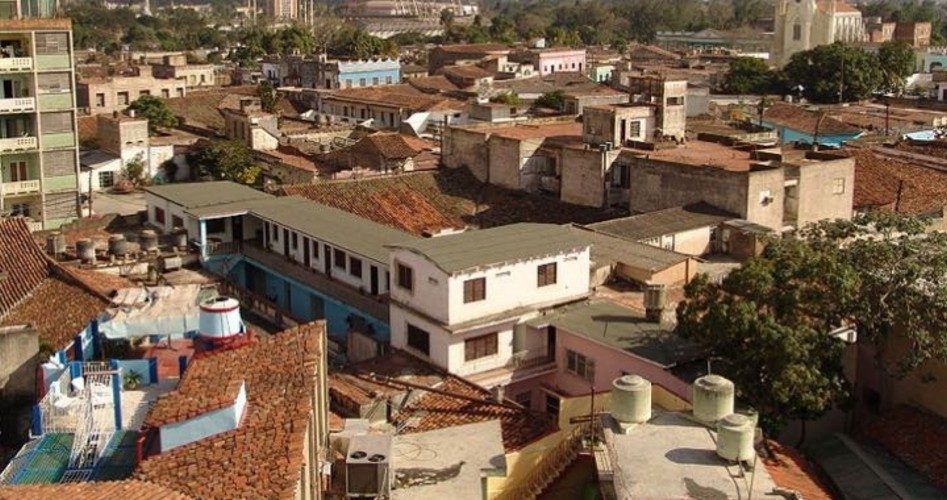
When Fidel Castro seized power in Cuba in 1959, he vowed to demolish “hellish tenements” and provide new, safe houses for his countrymen. Now, nearly 60 years later, the country’s buildings are collapsing at an alarming rate, leaving many Cubans with the option of either continuing to live in death traps or moving to the government’s overcrowded shelters.
“It makes you feel like going and living under a bridge,” Havana resident Carlos Guerrero, 45, told USA Today.
Officially, one building in Havana collapses, in whole or in part, almost every day. “Some 3,856 partial or total building collapses were reported in Havana from 2000 to 2013, not including 2010 and 2011 when no records were kept,” wrote USA Today. However, in 2012, the BBC reported that “it is said that three houses collapse either partially or completely every single day.”
Whatever the actual number, it is clearly a serious problem. Despite massive emigration, Cuba is facing a major housing shortage, with Havana alone in need of 206,000 homes, according to official figures.
People are living in unmaintained pre-revolutionary buildings such as the former Hotel Astor, a 200-room structure built by Americans in the early 20th century. The staircase between the third and fourth floors collapsed last year, in part because people had been prying the marble tiles from the walls.
A makeshift wooden staircase has since been constructed, and people on the ninth and 10th floors have been relocated, but others continue to live on the remaining floors. Eighth-floor resident Yanelis Flores, 42, told USA Today she turned down an offer to move to a government shelter, preferring to take her chances on the decrepit inn.
That many Cubans prefer decaying homes to shelters tells you just how bad the shelters are — and have been for a long time. As far back as 1986, Mario Blanco, then mayor of a Havana municipality, toured the shelters and found “the quality of life” in them “terrible,” he recently recalled. People were moved miles from their familiar neighborhoods, families were broken up, and conditions were unsanitary. “One of the first people in a shelter who approached me told me that his house had collapsed and that for 19 years he had been in that shelter waiting for a solution,” Blanco wrote.
In other words, housing collapses and shortages have been a problem for a long, long time, but the government has been unable or unwilling to do anything to resolve the situation. It has, as USA Today notes, spent freely to restore buildings in Old Havana because they attract tourists, who then inject much-needed cash into the local economy. But the people in whose name Castro’s revolution was ostensibly undertaken have received very little assistance.
“Most Cubans own the house they live in — one of the principles of the revolution,” observed the BBC. That same revolution also made most of them dirt poor, so maintaining their houses is almost impossible. They are entirely dependent on the government, which, unlike a private landlord, has little incentive to improve housing, nor does it really have the resources to do so.
The result, according to Blanco:
Every year fewer houses are built and, until only a couple of years ago, if the family emigrated, they lost the housing that the government supposedly had to grant to other people in need. However, this housing was not always delivered to the most needy people, but many times its allocation was determined by corruption, cronyism, or “political security,” which involved the so-called “frozen zones,” where only those who are not considered political dissidents are allowed to live.
“Housing is and has been to this day, one of the greatest difficulties that the Cuban people have faced,” he continued. “After 60 years this government does not seem to have found any solution to this problem.” That is, of course, because government cannot solve the problem except by getting out of the way and letting the free market bring jobs and affordable housing to the people — and that is anathema to the regime in Havana, which would rather see the people it rules perish in their own homes than admit that the revolution has failed to usher in a workers’ paradise.
Photo of Cuban buildings: Danleo~commonswiki



